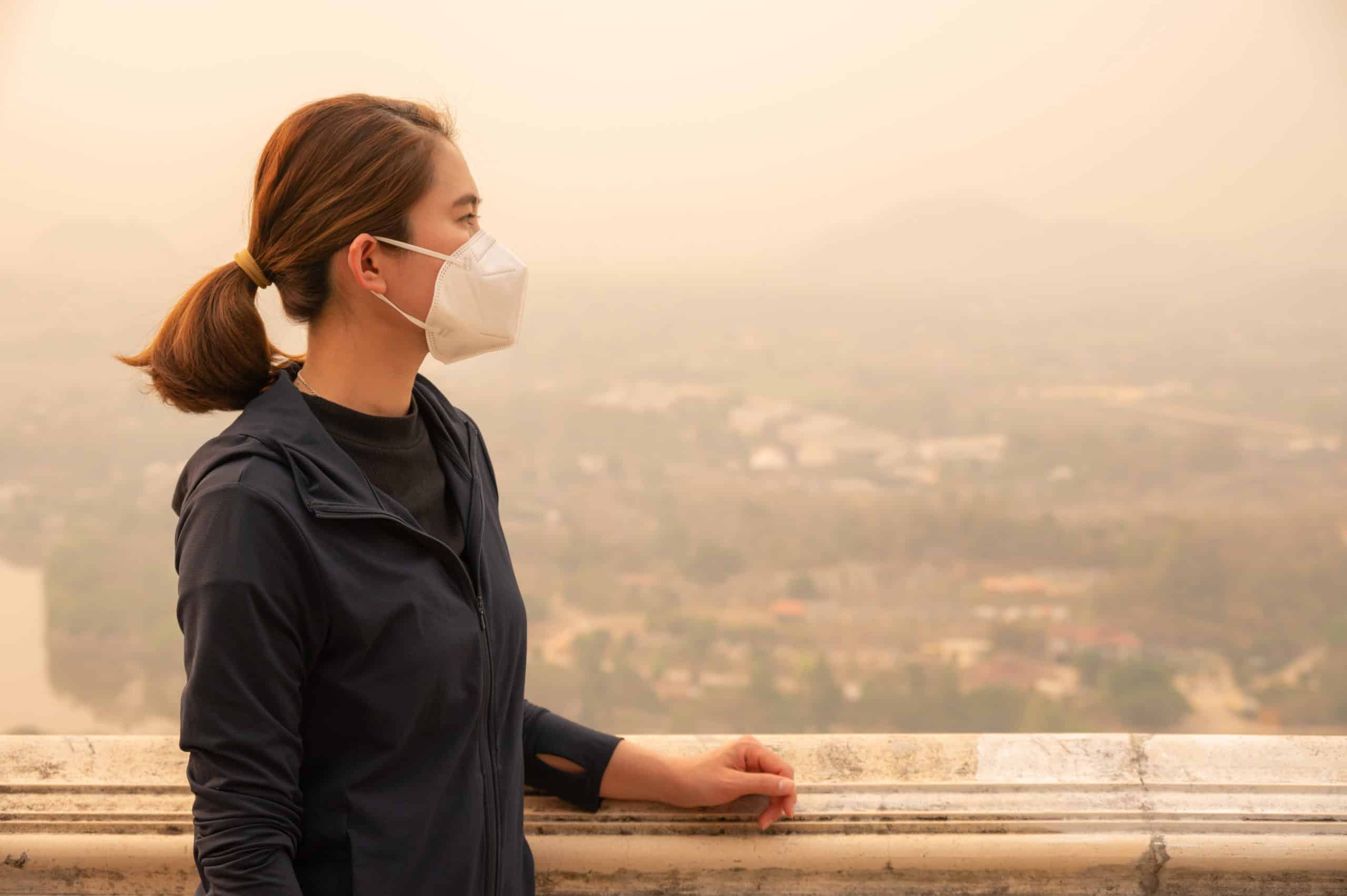New data shows wildfires are increasing around the country, and that could be bad for everyone’s outdoor and indoor air quality.
Reports from the Associated Press last month show states like Texas and Virginia getting hammered by colossal widlfires, with a total of nearly 3,000 square miles (over 2,600) burned so far this year in the United States.
In other words, we’re on track for major increases from last year.

That’s concerning in and of itself, but there’s also the factor of preparedness: the U.S. Department of Interior has claimed that in general, the federal government is “ready” but those with a close view of the situation call for renewed vigilance. In looking at wildfires in America, reporters cite events like the California Dixie Fire in 2021 that burned over 1,500 square miles of land, and required 2,000 firefighters.
Wildfire Hazards: Wildfires and PM 2.5 in Texas and Elsewhere
Planners are working on staffing, and they’re also trying to tackle the catch-up job of better control of wildfires, as we see the numbers continue to climb.
Why is this concerning to people in the affected areas?
Aside from obvious issues about potential property loss and damage to homes, there’s another problem that’s getting more attention today as people realize the ambient effects of wildfires.
Specifically, there’s something called PM 2.5, a type of fine particulate matter that has particles less than 2.5 µm – these particles can travel into the human lungs and bloodstream. Some studies suggest that wildfire PM 2.5 can also be more harmful, partly because of secondary compounds that travel in the smoke.
In fact, some very specific trials have been done to figure out whether wildfire problems related to PM 2.5 have been associated with greater mortality rates.
Scientists use something called ‘quasi-Poisson time series models’ for analysis, along with other methodologies – and what they are finding is troubling.
We’re also finding that this type of particulate may contribute to cardiovascular problems and other illnesses over time.
For reference, these particles are smaller than the width of a human hair, and able to infiltrate many different areas of a home or property.
In general, there is a lot that we know about PM 2.5, but a lot more that we don’t yet know, and it’s becoming a greater concern, especially for people with various conditions like:
- Asthma
- COPD
- Other respiratory issues
However, scientists believe that even those in good health can be adversely impacted!
So how do you keep these types of particles from wreaking havoc on your system?
Well, an air purifier unit cycles all of the air in an indoor space, effectively cleaning it of all sorts of potentially harmful microbes and toxins. It’s important to point out that modern HEPA filters have the ability to filter out 2.5 PM.
Along with other kinds of items like pathogens, the HEPA filter is rated to remove these wildfire ultra fines from the air. So if outdoor air is contaminating the indoor air, and trapping particulates in a building, cycling through the filter will effectively remove large quantities of it. That’s very good news for people looking for a practical solution to this problem. It means that in many cases, all you need is a high-end floor-standing unit, properly installed and maintained, to feel a lot better about your air. You can get high quality air purifiers at US Air Purifiers, for an investment in healthy, clean air, because that’s what you breathe every day!
Wildfire Smoke and Air Quality: Solutions
So what do you look for with these effective appliances? Start with a HEPA filter, carbon activation, and intuitive controls. Take a look at air purifier models like the Airpura V600 or V614,, or the V700 with a stronger motor. Another great choice is the Airpura C700DLX – check these out to see modern air purifiers with the kinds of filtration that work against particulates and VOCs that are typically found in wildfires. Some of these models also have other technologies like Carbon Activation of a germicidal lamp, for cleansing even more from what you breathe inside of a home.
If you’re in any kind of place that has either primary or secondary impact from wildfire smoke, you may want to look into using these units to protect yourself and your family.
And we’ve seen that even in places that don’t experience heavy wildfire damage, the secondary impact involves massive quantities of smoke moving long distances, even across the country.
Worried about health risks from wildfire particulate? It can be scary to deal with the effects of smoke in your home, and these wildfire events can be really disruptive to your everyday routine. But you can take steps to address the changes to your environment! A good air purifier with a working HEPA filter can help mitigate a lot of these risks. Remember to change the air filter as specified, and perform all other routine maintenance, to get the most out of one of these modern air cleaners.